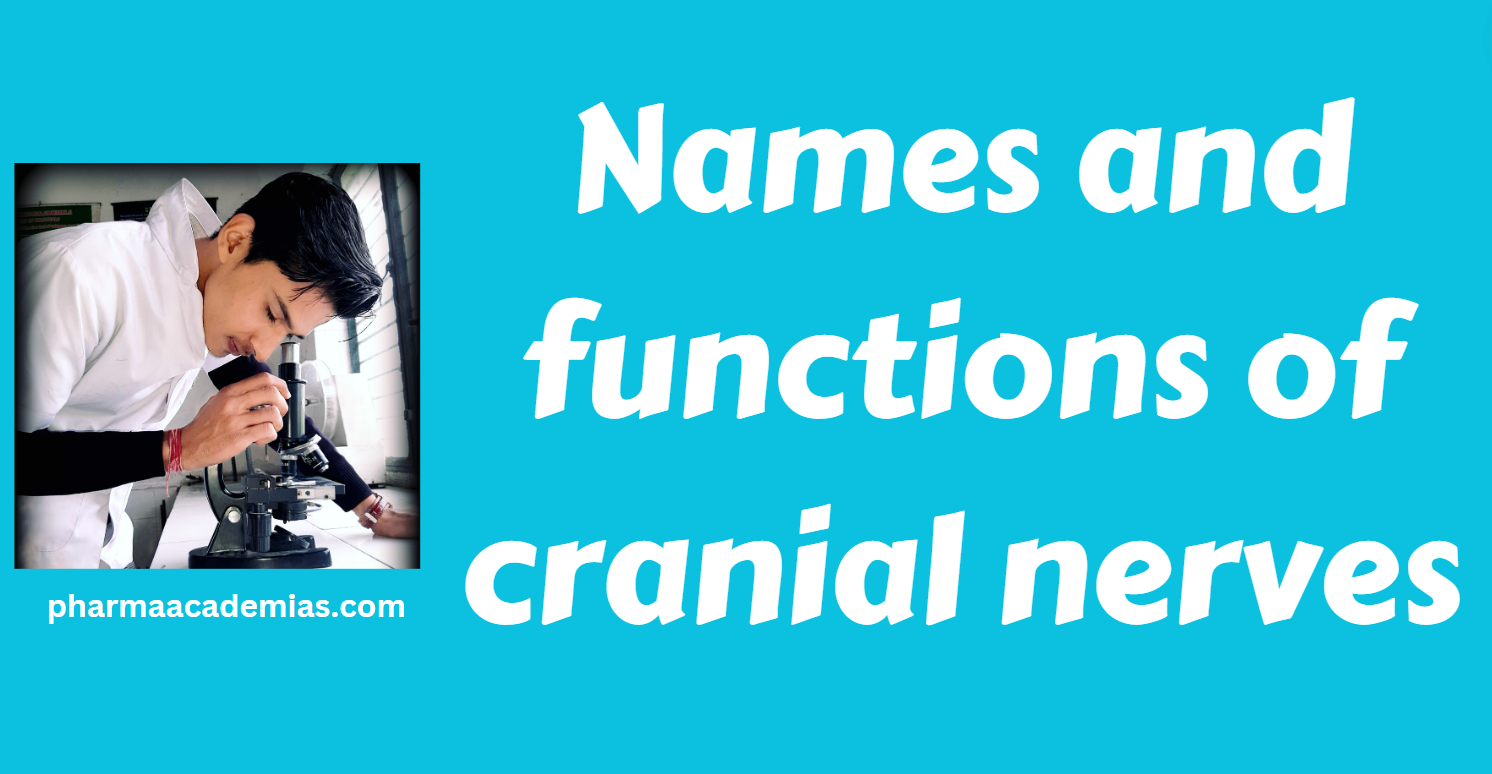Anatomy and physiology of parasympathetic nervous system
The parasympathetic nervous system (PNS) is one of the two main divisions of the autonomic nervous system, alongside the sympathetic nervous system. While the sympathetic system is associated with the “fight or flight” response, the parasympathetic system is known for its role in promoting a “rest and digest” state. Let’s explore the anatomy and physiology … Read more










